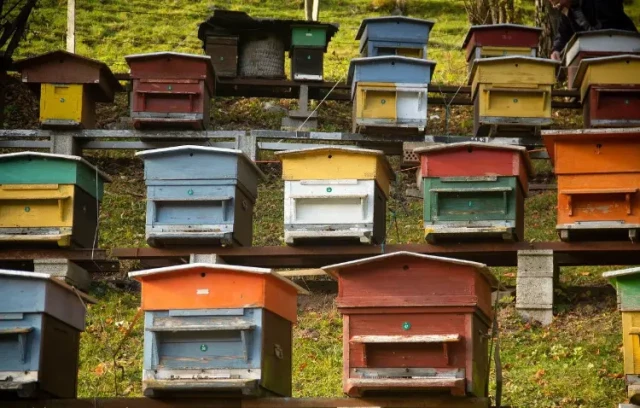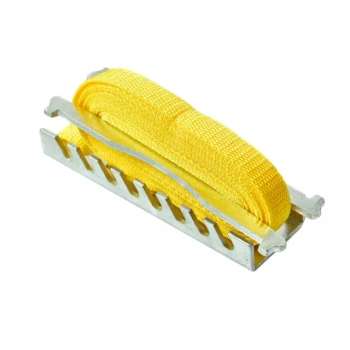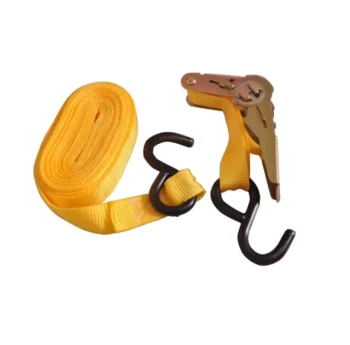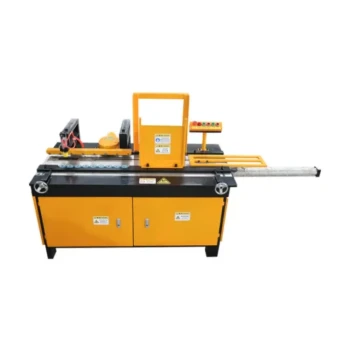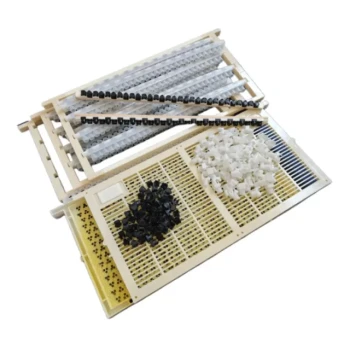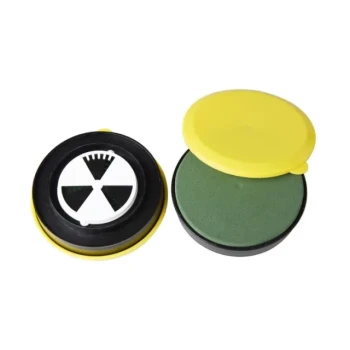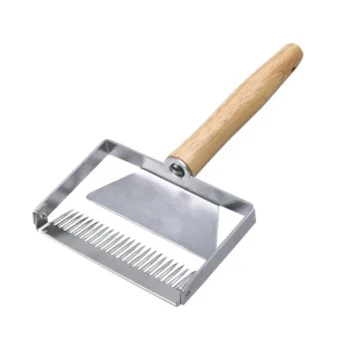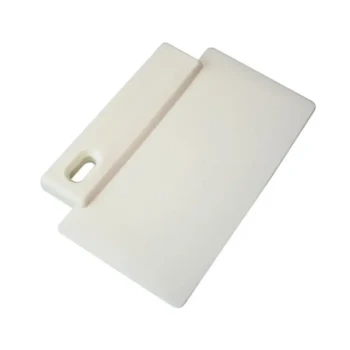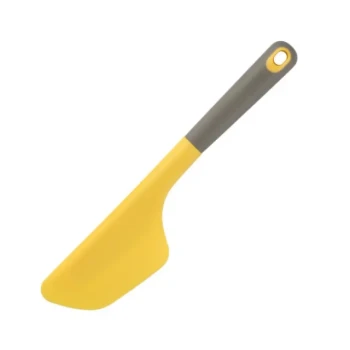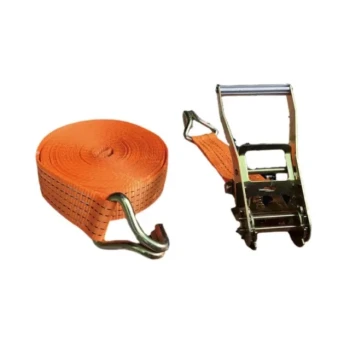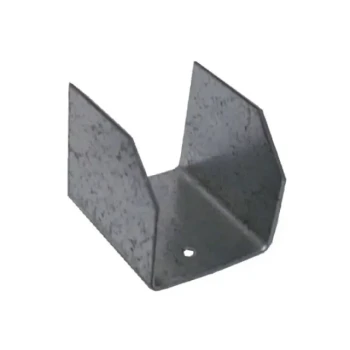Starting your beekeeping journey requires more than enthusiasm—it demands the right tools. A well-equipped starter kit ensures hive health, beekeeper safety, and long-term success. This guide breaks down essential components, quality benchmarks, and budget-smart strategies to help beginners make informed choices.
Building a Successful Hive Starts with the Right Tools
Beekeeping isn’t just about the bees; it’s about creating a sustainable ecosystem. Your starter kit lays the foundation for hive productivity and your confidence as a beekeeper.
Why Every Starter Kit Item Matters: From Hive Health to Beekeeper Safety
Each component serves a critical role:
- Hive tools: Prevent colony stress during inspections by gently prying frames.
- Smokers: Calm bees with cool smoke, reducing defensive behavior.
- Protective gear: Minimizes stings and keeps you comfortable during hive checks.
Research shows that beginners who invest in complete kits experience fewer colony losses in their first year.
Quality Over Quantity: Key Features to Evaluate in Beekeeping Gear
1. Bee Suits: Ventilation vs. Protection
- Ventilated suits: Use layered mesh to block stings while allowing airflow—ideal for hot climates.
- Traditional suits: Full-coverage one-piece designs offer maximum protection but less breathability.
2. Gloves: Dexterity vs. Defense
- Leather gloves provide the highest sting resistance but limit finger mobility.
- Goatskin or nitrile gloves balance protection and dexterity for delicate tasks like queen handling.
3. Veils: Visibility Matters
Round or square veils offer better airflow and peripheral vision than fencing veils, which prioritize security.
Budget-Friendly Beekeeping: What to Prioritize in Your First Kit
Allocate funds to:
- A durable hive tool and smoker (used in 90% of inspections).
- A ventilated suit (reduces heat stress during summer checks).
- Goatskin gloves (affordable yet effective for beginners).
Pro tip: Some distributors like HONESTBEE offer wholesale pricing for bulk purchases, ideal for beekeeping clubs or commercial starters.
Avoiding Common Beginner Mistakes
New beekeepers often underestimate seasonal needs or prioritize cost over functionality.
Case Study: How a Well-Equipped Kit Prevented a Colony Collapse
A Midwest beekeeper avoided a 2023 hive collapse by using:
- A ventilated suit for extended summer inspections (preventing heat abandonment).
- A round veil with anti-fog coating for clear vision during humid weather.
Expert Tips for Seasonal Adaptability in Starter Kits
- Spring/Summer: Prioritize ventilated gear and nitrile gloves for swarm management.
- Fall/Winter: Use heavier gloves and attachable winter hive wraps (sold separately).
Have you considered how your local climate affects gear choices? Coastal beekeepers, for example, benefit from rust-resistant tools.
Ready to Start Your Beekeeping Journey?
Choosing the right starter kit isn’t just about equipment—it’s about fostering a thriving hive and a safe, enjoyable experience. HONESTBEE supports beekeepers with wholesale-priced, field-tested gear designed for durability and bee-friendly practices.
Take the next step: Explore customizable starter kits tailored for commercial apiaries or small-scale beekeepers. Your bees—and your future honey harvest—will thank you.
Visual Guide
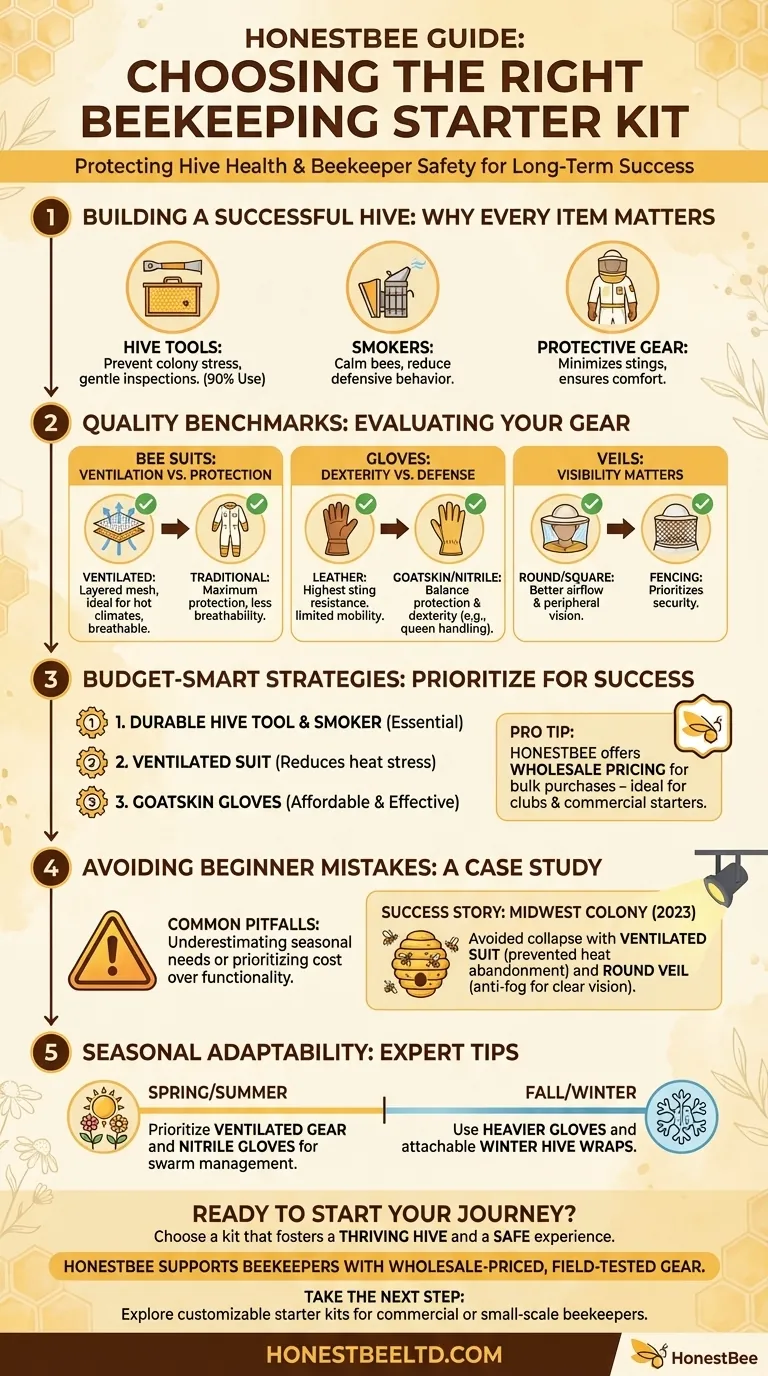
Related Products
- Professional Galvanized Hive Strap with Secure Locking Buckle for Beekeeping
- Beekeeping Gloves Goatskin Leather with Long Cotton Sleeve for Beekeepers
- Durable Plastic Hive Number Set for Beekeeping
- Versatile Ratchet Hive Strap with S-Hooks for Secure Fastening
- Beehive Handle and Frame Rest Cutting Machine: Your Specialized Hive Machine
Related Articles
- How to Start Beekeeping Right: Essential Knowledge and Tools for Beginners
- The Comprehensive Benefits of Beekeeping
- How to Build a Smarter Beekeeping Tool kit: Strategic Tools for Every Hive Challenge
- Beekeeping Essentials: How to Choose and Use Supplies for Healthy Colonies
- How to Stop Honey Robbing: Science-Backed Strategies for Safe Harvesting
